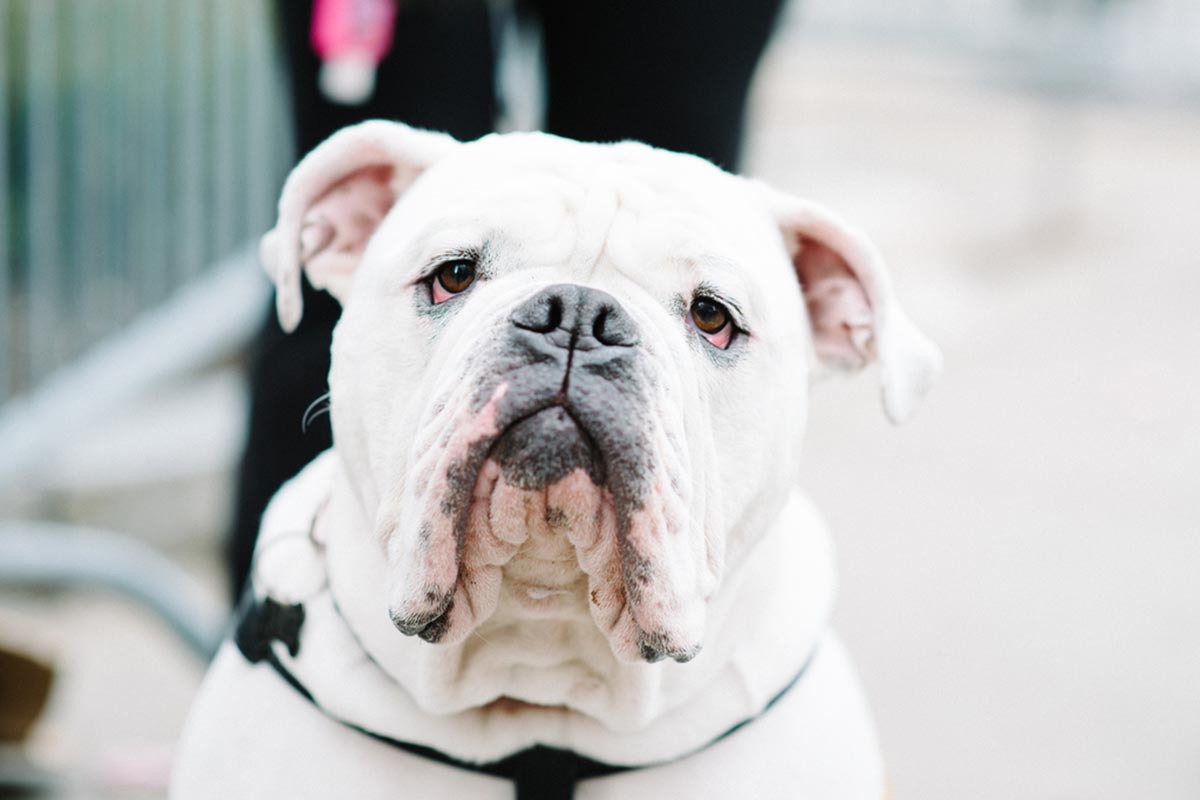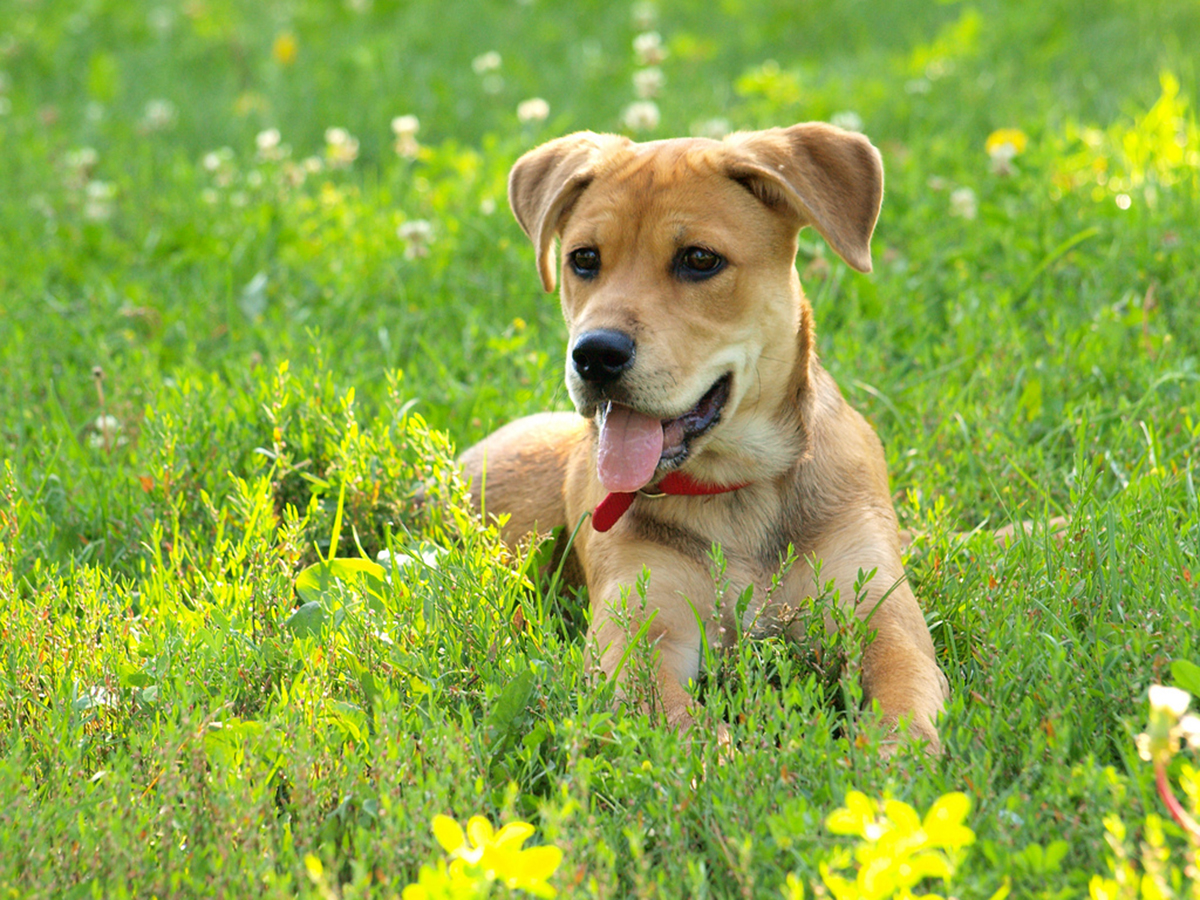Dogs are a man’s (or woman’s) best friend, and sometimes this hyperactive, canine best friend can have a few health problems. The health problems that can be the most frustrating is those to do with its teeth. The problem is that dogs can't express when they're in pain or when they have an issue such as this so it's important for you to understand the signs and what to do if the issue arises.
A dog uses their teeth as much as humans, if not more. The only difference is, people tend to go to the dentist once or twice a year, whereas dogs tend to suffer through any dental issues until they’re next at the vet. And even then, the price of a vet is massively extorted compared to what we pay to get our own check up.

What Should You Look For When A Dog Is In Pain?
There are a few telltale sights when your dog is in pain or discomfort with their teeth, and these are things you should look out for on a day-to-day basis. The sooner you can catch any problems with your dog’s gnashers, the better. It will cost less, take less time to fix but most importantly your poor pooch will be in much less pain the quicker you notice something’s not right. If your dog isn’t eating like they usually do, they could be beginning to have problems with their teeth. Moaning and groaning is also a great way to figure out just how uncomfortable your pet is with their teeth.
There’s multiple other ways to tell whether your dog is having tooth trouble, including slobbering excessively, bad breath or chewing on one side of their mouth. A great tip for dogs is to actually clean their teeth the same way you would yours (minus the toothpaste!). Take a brush and gently give their teeth a little scrub. Keeping them polished is a good way to stave off bacteria or dental disease.
Diabetes in pets could be another sign your dog is probably having problems with teeth too.
What Products Are Best To Keep A Dog’s Teeth Healthy?
There are a number of dental products you can buy over the counter to reduce the likelihood of dental problems in dogs. Below are a few that may help:
Toothpaste - Exactly what you would expect. Dog toothpaste comes in a meaty flavor to encourage your dog to let you mess around in their mouth. You just apply it to a dog toothbrush and scrub like you would your own teeth.
Finger Brushes - These are toothbrushes with a difference. You can pop these on the end of your finger and really get to the back of your dog’s teeth. The further inside you can get with these, the more likely you are to keep your dog’s oral hygiene in top condition.
Dental Spray - Keep their teeth clean and control tartar with this handy spray. Simply administer it a couple of times a day to keep them feeling fresh.
Dental Chew - Small tablets that your dog can chew, which will help them reduce any long-term dental issues.
Common issues to arise for a dog and their teeth?
Loose Teeth
Just like us humans, dogs can get loose teeth too. This can mean a couple of things. Firstly, if your dog is a puppy, then this is rarely something to worry about. Puppies get loose teeth just like people, and these teeth will fall out and new, stronger ones will go in their place. But in adult dogs, this problem usually means something a little more. This could mean some kind of gum disease or trauma to the mouth and should be looked after by an animal care professional right away. If things like this are left alone, it can result in widespread infection, rot, and sometimes even death.
Periodontal Disease
Periodontal disease is essentially gum disease for dogs. You will be able to tell if your dog has this disease pretty easily. First of all, their gums could be bleeding or eject puss from them. If you notice this, or if you notice that your dog’s gums have become inflamed, be sure to seek medical advice from your vet. You can easily avoid this happening by making sure you take good care of your dog’s teeth before this happens. Clean them, make sure there is no buildup of plaque and have them checked by a vet every 6 months.

Tooth Root Abscess
In case of some really bad periodontal disease, dogs can often be susceptible to tooth root abscesses. This comes about through either the aforementioned periodontal disease, a crack or bad chip to the teeth or other gum damage. Once the root of the tooth becomes exposed to bacteria, the dog can find themselves in severe discomfort. If you’re looking for tell-tale sign this is the case, your dog’s face will swell and you will also notice a lack of appetite, coming from the inability to really chew anything on one or both sides of their face. If you notice anything like this it is best practice to head straight to the vet. They will X-ray the dog’s jaw and identify the culprit 100%.
Halitosis
This is an issue that arises in both pets and humans. Halitosis basically means ‘bad breath’ and in dogs is extremely common. But this could easily be the first clue to more serious dental problems. On its own, Halitosis comes from a buildup of bacteria and plaque that hasn’t been cleaned. This can cause your dog some serious problems. The teeth will often become stained yellow and brown, and this is a sign your dog will need veterinary attention. To avoid this happening, try and keep your dog’s teeth clean with a good scrub with a toothbrush.
These are just the main things you need to look for in dental health for your dog. If you can be aware that these problems exist, it makes it much easier to nip in the bud early, making for a much simpler, and cheaper, life. If you're not comfortable diagnosing and treating your dog, then you should always seek the assistance of a medical professional.
- www.animalplanet.com/pets/healthy-pets/5-common-dog-tooth-problems/
- www.petmd.com/dog/slideshows/general-health/dental-problems-bad-breath-in-dogs-cats
- Photo courtesy of chasblackman: www.flickr.com/photos/chasblackman/8667995363/
- Photo courtesy of msvg: www.flickr.com/photos/msvg/9386968830/
- Photo courtesy of chasblackman: www.flickr.com/photos/chasblackman/8667995363/


Your thoughts on this